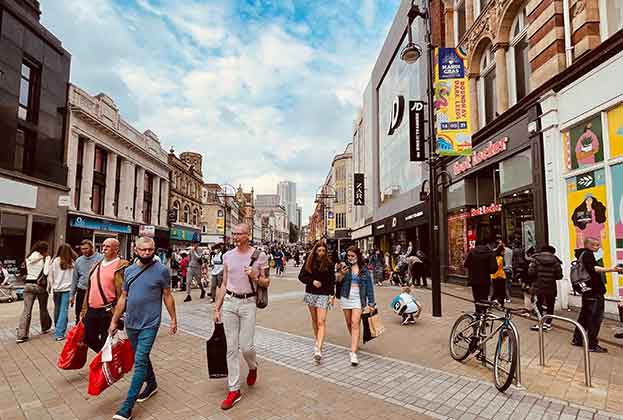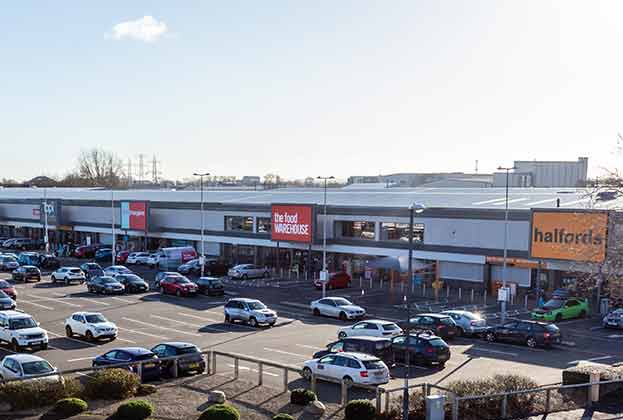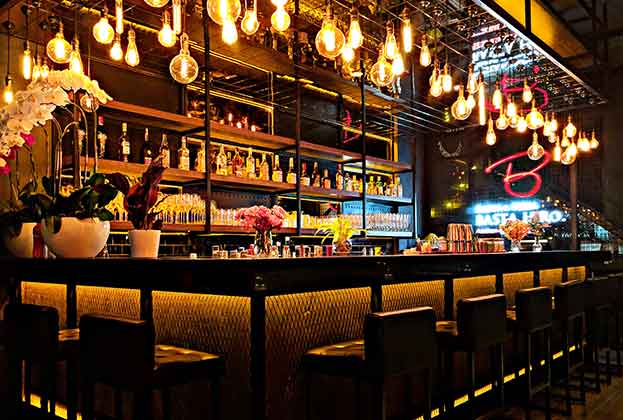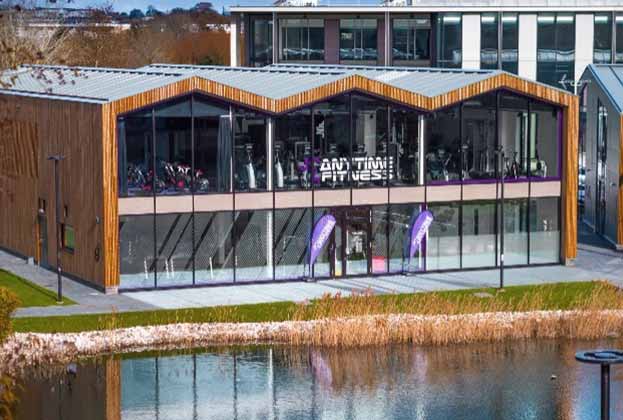Restaurants have seen a similar pattern of behaviour to the rest of the food and beverage market
Although we haven’t seen the continuous growth in numbers that we have seen for cafes and takeaway multiples, restaurants have seen a marginal return to growth this year. Currently, the number of multiples in the UK are 9.9% down on the numbers seen pre-Covid, but this is a 0.9% increase on the total seen at the end of 2021. Independent restaurants, on the other hand, have fared much the same way as the rest of the F&B industry – steady growth resulting in 9.7% more units than Q4 2019.
According to Fleurets, deal activity is currently high in the restaurant market. Demand remains strong and, unlike the wider hospitality sector, supply has increased. It states that the number of restaurants falling into insolvency has increased by 64% in the past year as a result of the well-publicised headwinds. UHY Hacker Young reported that 1,406 restaurants in the UK closed their doors in the 12 months to May 2022. However, this increased supply has created significant opportunity for new concepts to get a foothold and for the expansion of others.
A growth in restaurant numbers, be it small and short-lived, as is the case with the multiple operators, or larger and longer, as we have seen with the independents, is a positive outcome for the sector in a post-Covid era and has a lot to do with the elevation in consumer engagement we have seen over much of the last 12 months. Figure 10 highlights how 2022 has seen restaurant covers consistently above the levels seen in 2019 for the UK as a whole, currently standing at 18.4% higher in the week ending the 3rd of October versus the same week the previous year. Manchester sees a similar pattern of engagement to the rest of the UK, with restaurant covers 14.2% in the same time period.
This is a positive result for the restaurant sector and goes some way to explaining why a number of both established and emerging operators have sought additional space in the market. Figure 11 highlights the 20 most active multiple restaurant brands since the end of 2019.
Nevertheless, London does not fare quite as well in terms of restaurant covers. OpenTable's data suggests the capital is 8.5% down on the number seen at the beginning of October 2019. Like the rest of the F&B market, this has a lot to do with the reduction of commuters into the city, who instead are choosing to work from home with more frequency, which in turn has bolstered the performance of regional locations and local high street centres.
Fulham Shore, which operates Franco Manca and The Real Greek restaurant brands, appear 10th and 13th in the UK’s most acquisitive operators since the onset of the pandemic (figure 11). It echoes the findings from OpenTable in so much as its performance has been much stronger outside of London.
In its financial report for the year ending March 2021, the group reported a 41.3% decrease in revenue to £40.3m due to Covid-19 trading restrictions, resulting in earnings before interest, tax, depreciation and (EBITDA) of £8.7m compared to £14.3m the prior year, and a pre-tax loss of £7.5m.
Nevertheless, the operator has stated that it has the financial headroom for a controlled expansion programme, with plans to open ten locations during the current financial year and top 110 restaurants across the UK by the end of 2025 across both its brands.
London is lagging behind, experiencing negative growth in consumer participation. It seems the elevated cost and time of the daily commute in the nation’s capital is still proving more of a hindrance to performance than it is in other locations around the country
Sam Arrowsmith, Director, Commercial Research
Fulham Shore also reported a stark disparity in that performance between city centre locations and other restaurants, with the group's 17 West End of London and city centre office locations seeing revenues down 41% on a two-year like-for-like basis for the eight weeks 21 June to 15 August 2021.
Meanwhile, its regional and suburban restaurants, especially sites in coastal towns and university city locations, were over 30% ahead of 2019 figures because of the UK government's working-from-home requirement and the rise in coastal town staycations. The company has said it believes there will be sales growth to come from city centre sites as we progress through 2022 as workers increasingly return to the office and tourism returns to these locations, bringing an end to the disparity.
This appears to tally with the OpenTable data on restaurant covers in so much as both the UK and Manchester (an example of a regional city location) have seen engagement well above the levels seen in 2019 for most of this year, while at the same time, London is lagging behind, experiencing negative growth in consumer participation. It seems the elevated cost and time of the daily commute in the nation’s capital is still proving more of a hindrance to performance than it is in other locations around the country.
Where brands such as those outlined in figure 11 chose to grow and in what numbers, will give an indication of the strength of the restaurant market going forward.
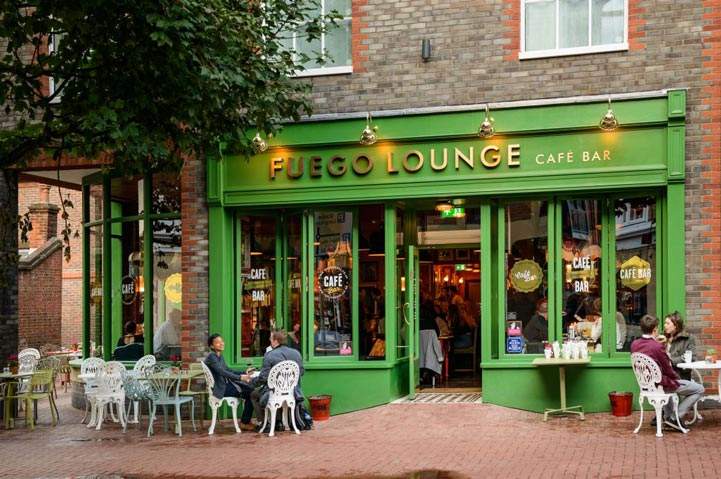
Loungers | Loungers PLC, consisting of both Loungers and Cosy Club brands, has perfected an all-day dining concept that works in the majority of markets, but particularly those that others would shy away from. Loungers, being the original fascia, provides an independent feel to each site by giving each location its own name and identity. Cosy Club works to complement Loungers by providing an offering of a slightly higher price point, meaning in any one market, the group can potentially locate two sites. Overall, the group has done well to target secondary locations wherein its entry to market has been easier and occupational costs lower, with the latter being a key strategy for the brand since inception.
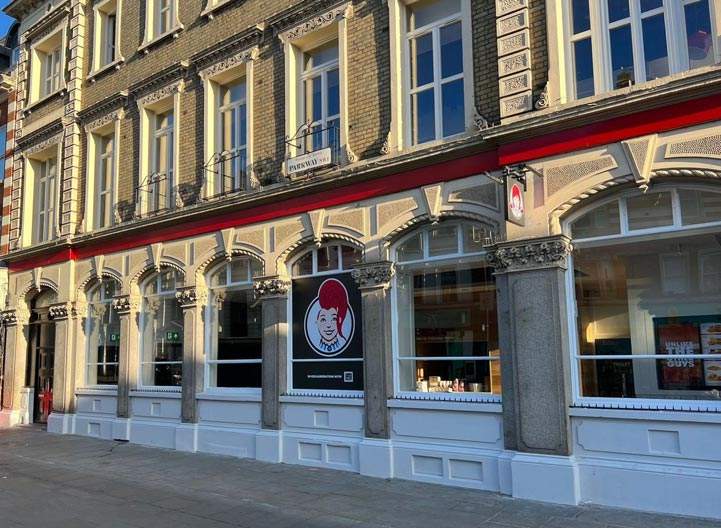
Wendy's | Wendy's represents part of the mass migration of international QSR brands into the UK, along with brands such as Popeyes, Jollibee and Wingstop. The nature of this sector has become incredibly competitive, with each brand expanding firstly by acquiring high street stores (Savills has secured the first nine Wendy’s locations in the South East) to establish brand presence, and then turning to drive-thru sites – many of which are more difficult to secure due to rising construction and material costs. Wendy's continues to compete with traditional players like McDonald's and KFC, but is also up against brands such as GDK and Pret who are now turning to drive-thru, having seen its success. To maintain its ambitious expansion plans, Wendy's is pursuing the enrolment of franchise partners, which will enable them to grow at scale.
Read the articles within Spotlight: UK Leisure – 2022 below.
.jpg)
